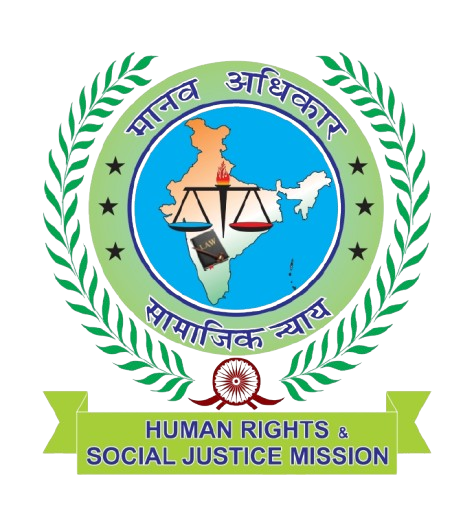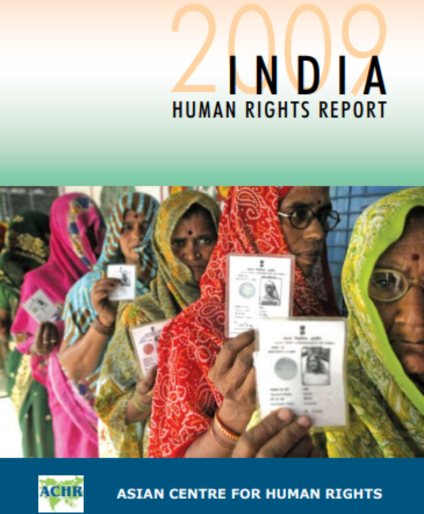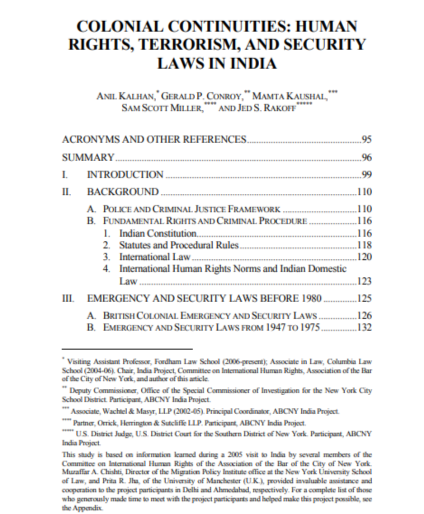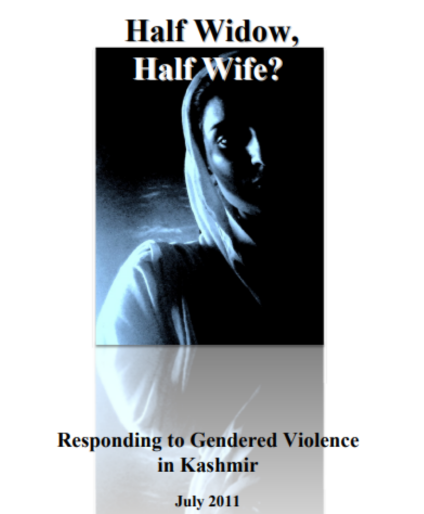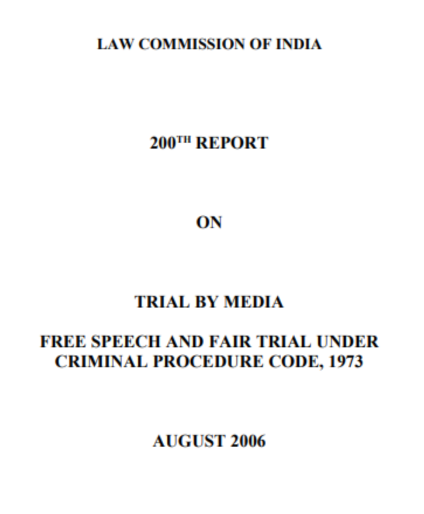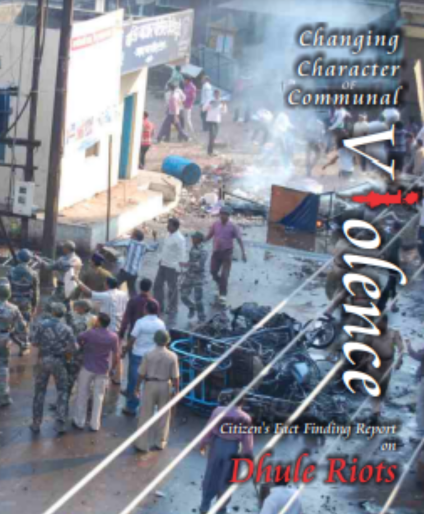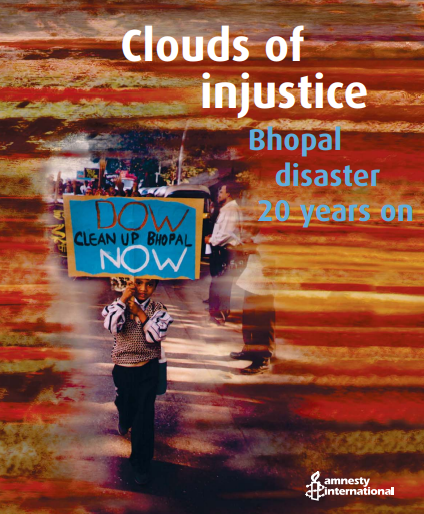
Clouds of Injustice Bhopal Disaster 20 years on by Amnesty International
Twenty years ago around half a million people were exposed to toxic chemicals during a catastrophic gas leak from a pesticide plant in Bhopal, India. More than 7,000 people died within days. A further 15,000 died in the following years. Around 100,000 people are suffering chronic and debilitating illnesses for which treatment is largely ineffective.
The disaster shocked the world and raised fundamental questions about corporate and government responsibility for industrial accidents that devastate human life and local environments. Yet 20 years on, the survivors still await just compensation, adequate medical assistance and treatment, and comprehensive
economic and social rehabilitation. The plant site has still not been cleaned up so toxic wastes continue to pollute the environment and contaminate water that surrounding communities rely on. And, astonishingly, no one has been held to account for the leak and its appalling consequences.
